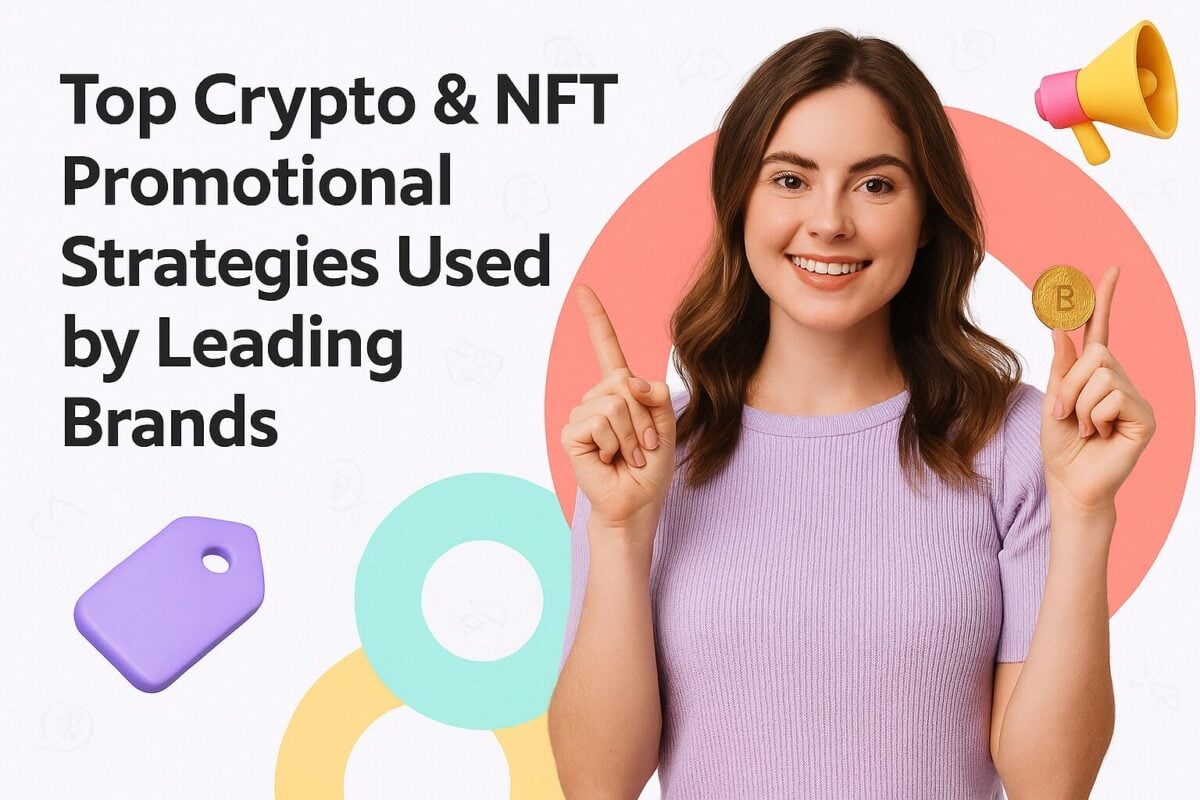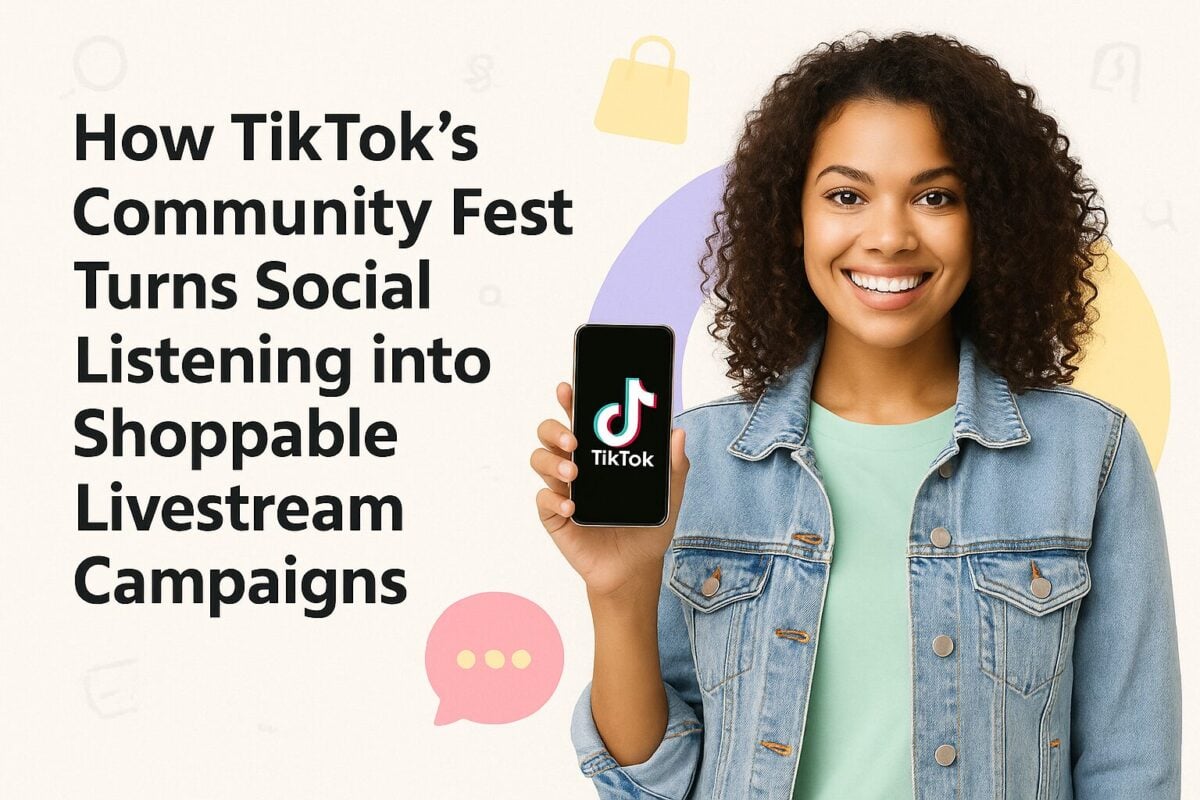A Direct Message (DM) is a private communication between a brand or business and its customers. They are also called private messages (PM).
They provide businesses with an intimate, personal, and conversational way to engage with their customers. Sending direct messages is similar to sending emails. However, unlike emails, direct messages are expected to be more casual, direct-to-the-point, and instantaneous.
Almost all social media platforms allow for direct messages once certain conditions are met.
Direct Message Rules for Different Social Media Platforms
Social media platforms have different rules and conditions for sending and receiving direct messages.
Facebook users can send direct messages to anyone even if they are not friends. These messages go to a message request folder which the receiver must approve to continue the conversation.
Facebook Pages can only send a direct message to accounts that follow their page. They can also directly message any user who has recently engaged through comments using the “reply via message” feature. This is available within 7 days of the user’s comment.
Instagram & Twitter
Instagram & Twitter users can send direct messages to anyone on the platform without having to follow each other. Just like Facebook, these types of messages go to a message request folder.
Users must enable the “receive direct messages from everyone” setting for this to work.
Tiktok
Tiktok only allows users who are friends with each other to send direct messages. Users must follow each other and have the option for direct messages set to Friends. This applies to both public and private profiles.
Benefits of Direct Messages for Businesses
It’s important for businesses to talk to their customers. Direct messages are a great way for businesses to know their customers better using personalized conversations.
Direct messages help increase customer engagement, improve customer loyalty and build customer trust. When done right, they improve a brand’s image.
Here are some ways businesses use direct messages:
- To create a network of potential partner brands, influencers, and brand ambassadors
- To settle private disputes with customers
- To send very targeted promotions to a select group of customers
- To clarify order details in case of certain issues with an order
- To further explain a product’s complex functions
Best Practices for Using Direct Messages
When done poorly, direct messages can damage a brand’s reputation. Make sure to employ these best practices to maximize this feature.
- Respond quickly to all direct messages. Customers will expect an instantaneous response to their DMs. Facebook even incentivizes brands who respond quickly by giving them a very responsive badge.
- Never ignore DMs. Check message request folders—even spam folders—to make sure all DMs are captured and attended to. Always follow through with every DM and make sure concerns are resolved before archiving the conversation.
- Don’t spam followers by sending overly promotional messages. Make sure that any promotions sent via direct message are relevant, timely, and value-packed.
- If a customer complains publicly via a post or comment, acknowledge it publicly then follow up with further details via direct message. Don’t just send a direct message to the customer without acknowledging the public complaint, or it may appear as though the issue wasn’t resolved. Don’t also attempt to resolve the entire complaint publicly.
- Use automated chatbots to provide fast answers to the most basic queries. However, make sure their flow makes sense. Review any automation by conducting tests prior to launching them.
- If automated chatbots are too expensive, create stock responses or saved replies for repeated or basic concerns.
- Personalize messages even if sending them via automated responses. Facebook allows brands to use personalization tags to improve their automated responses.
- If several people handle the account, they can introduce themselves on behalf of the brand. This allows customers to associate a name and a face to the brand and makes the engagement even more personal.
- Use smart tools to monitor DMs across multiple social media platforms. This helps reduce the instances of missed messages.
- Always be professional and courteous even if discussions become heated via direct message. Remember that any offensive DM can be used to harm a brand online. Even if they are private conversations, nothing is stopping the other party from taking a screenshot of a private DM and uploading it publicly.


